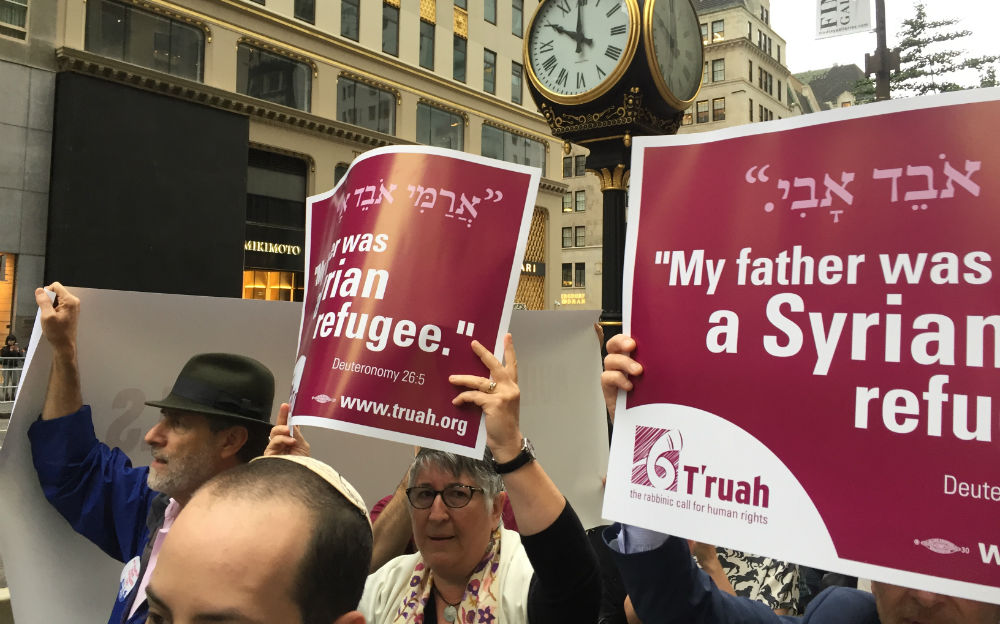“Sanctuary” as defined by the contemporary New Sanctuary Movement has a variety of different meanings, all of which have the ultimate goal of protecting immigrants and preventing deportation. An individual local sanctuary network may have different definitions or needs from a sanctuary network in another community. These are the different forms of congregational participation as identified by the New Sanctuary Coalition of New York.
Serving as a Sanctuary Space
This means physically hosting an immigrant in your synagogue facility, either in a short-term or long-term manner.
Short-Term Sanctuary – “Safe Space”
If an immigrant has not been named as an Immigration and Customs Enforcement (ICE) target for immediate deportation but feels at risk, taking sanctuary in a house of worship may be useful for a short time (a few hours, one day, or a short overnight stay).
This brief respite will help the immigrant feel safe and calm, enable them to overcome panic, and to get information on next steps, so they can make contingency plans. Short-term sanctuary would likely be precipitated by immigration raids (or rumors of raids) or acts of hate occurring in the area. A shower is not required for short-term sanctuary, as the stay is intentionally brief.
Long-Term Sanctuary – “Physical Sanctuary”
If an immigrant with a final deportation order has been named for immediate deportation, going into physical sanctuary may be a way to avoid deportation for an indefinite period, which could last for weeks or months or even years. In this situation, the immigrant moves into the house of worship and lives there full-time until some agreement can be made with ICE to ensure the immigrant can live outside the house of worship without fear of being immediately deported. A shower is required for a congregation to provide long-term sanctuary. Some long-term sanctuary is public (meaning the press is alerted and the intent is to change the narrative around deportations), but in New York, long-term sanctuary is often private (meaning there is no publicity).
Supporting Without a Physical Space
If a congregation chooses to identify itself as a sanctuary congregation but is unable to provide either “safe space” or “physical sanctuary,” it can still support the movement by declaring itself part of the Sanctuary Network and providing support to the network in a number of ways. Learn how from our Mikdash/Sanctuary handbook.


